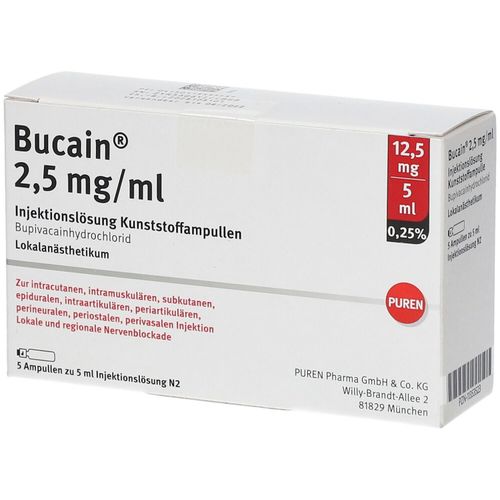This is an automatically translated article.
The article was professionally consulted by Specialist Doctor I Tran Thi Anh Hien - Department of Surgical Anesthesia - Vinmec Central Park International General Hospital.
Spinal anesthesia is a form of central nervous system or regional anesthesia by injecting local anesthetic into the cerebrospinal fluid space, also known as the subarachnoid space, to block all sensation and movement from the location of the spinal cord. inhibited downwards. Spinal anesthesia is often used in surgery below the navel such as: lower extremities, hip joints, lower abdomen, perineum,...
1. What is spinal anesthesia?
Anatomically, there are 3 layers of membranes surrounding the spinal cord in order from outside to inside: dura mater, arachnoid and soft membrane. Spinal anesthesia is an emotionless procedure. During this procedure, your doctor injects an anesthetic or pain reliever into the space between the arachnoid and the soft membranes of the spine (the subarachnoid space). Local anesthetics numb the nerve conduction from that area of the spinal cord downward, helping to relieve pain in certain areas of the body.Spinal anesthesia can be used alone when the patient is fully awake or can be used in combination with sedation and general anesthetic. This method of anesthesia can also be used after surgery to effectively relieve the patient's pain.
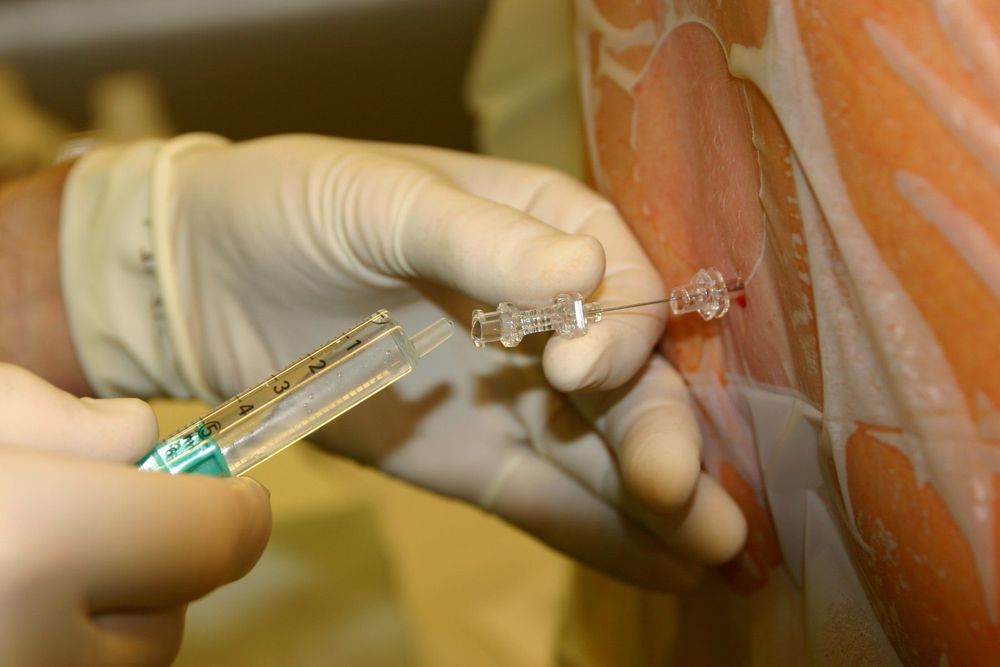
2. Indications/contraindications
2.1 Indications for spinal anaesthesia Most abdominal surgery below the umbilicus is suitable for a spinal anaesthetic procedure. For example:Lower limb surgery: Including orthopedic, vascular, skin graft, amputation,...; Urological surgery: Including endoscopic resection of prostate fibroids through the urethra, ureteral stones, bladder stones or kidney stones,... Spinal anesthesia to limit blood loss, enough numbing time for surgery. arts; Obstetrics and gynecological surgery: Including hysterectomy, ovarian cyst removal, caesarean section, tubal catheterization,... Well done under spinal anesthesia but need to pay attention to complications that cause low blood pressure in women pregnancy or cesarean section ; Abdominal surgery in the lower abdomen: Including appendix surgery, pelvic surgery, rectum, anus surgery. Some upper abdominal surgeries can be performed under spinal anesthesia but need to be combined with general anesthesia and attention should be paid to complications of hypotension, bradycardia, respiratory failure; Other surgery: Hip surgery, lumbar spine surgery,...; Anesthesia: Currently rarely used, except in cases where a catheter can be inserted into the spinal cord. Today mainly applied with continuous epidural anesthesia.
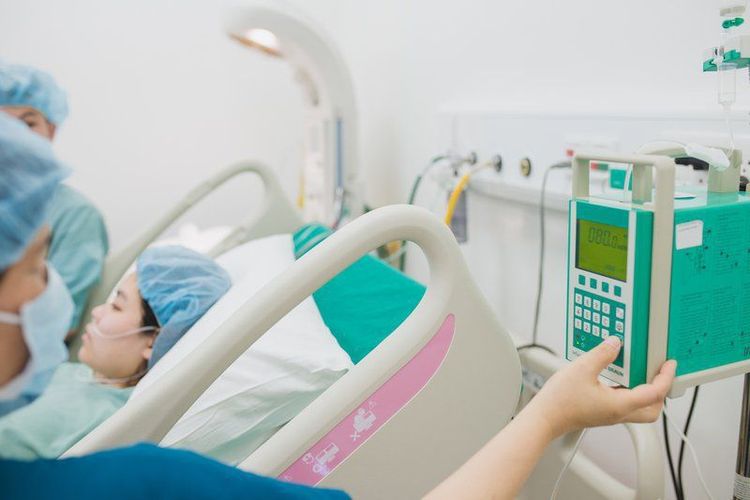
When the patient does not agree to perform the procedure; Infection of the skin in which the needle is to be inserted; Severe systemic infections; Patients with tuberculosis of the spine ; There is a state of reduced circulating volume, shock; systolic blood pressure < 90 mmHg; Slow pulse < 50 beats/min; Increased intracranial pressure; People with spinal deformities, stiff spine; Blood clotting disorder or taking anticoagulants; Allergy to anesthetic; People with epilepsy, mental illness, polyneuritis; Patients with severe cardiovascular disease: arrhythmia, heart failure with unstable low cardiac output, aortic valve stenosis... The place for performing the procedure is not equipped with enough personnel and emergency facilities. Relative contraindications
Patients with back pain, headache; People suffering from malnutrition, anemia; People with osteoarthritis , bone metastatic cancer ; Patients with coronary artery disease, myocardial infarction, cerebrovascular fibrosis; Patients with mitral stenosis ; People with aortic valve stenosis; Patients with untreated hypertension or too low blood pressure; Children are too young, difficult to do.
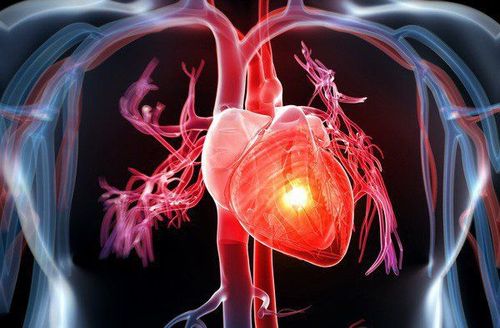
3. Types of spinal anesthesia used
Commonly used regional anesthetics include: bupivacaine hydrochloride, ropivacaine hydrochloride, and lignocaine hydrochloride. Specific information about the above drugs:Bupivacaine hydrochloride: Helps stabilize nerve cell membranes, preventing the initiation and conduction of nerve impulses. The drug has high potency, has a rapid anesthetic effect with a long duration, suitable for continuous epidural anesthesia; Ropivacaine hydrochloride: Works in a similar way to bupivacaine. At higher doses, this drug inhibits motor nerves. At lower doses, ropivacaine inhibits sensory nerves, including analgesia and some motor nerve block; Lignocaine hydrochloride: Has a similar mechanism of action to the two drugs above.
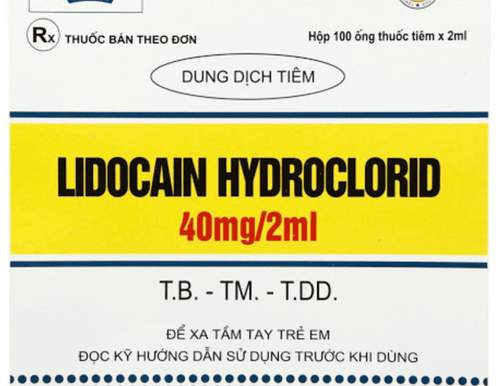
4. Important note before spinal anesthesia
Before performing spinal anesthesia in surgery, the patient should inform the doctor about the following:History of hypersensitivity or allergy to drugs; Local inflammation, infection; Spinal deformity or previous spinal surgery; Have hemostasis disorders; Having cardiovascular diseases such as heart failure, myocardial ischemia, hypotension, hypertension,...; Having certain diseases of the nervous system; Have a neuromuscular disease such as myasthenia gravis; Share what medications you're taking before the procedure because some anesthetics can interact with other medications, causing unwanted complications.

5. Prepare for spinal anesthesia
The person performing the procedure: Anesthesiologist and resuscitation specialist. Means: Means of monitoring electrocardiogram, blood pressure, pulse, SpO2; means of first aid and resuscitation; lumbar puncture needles, syringes, needles; anesthetic; cotton, gauze, alcohol antiseptic; loss... Patient: Need to be explained, agree with the procedure; patient hygiene; health examination, assessment of the patient's spine condition; do the necessary tests; give the patient oxygen through a mask before and during surgery; for pre-anesthetic drugs (sedatives, parasympathomimetic inhibitors, synthetic antihistamines) according to indications.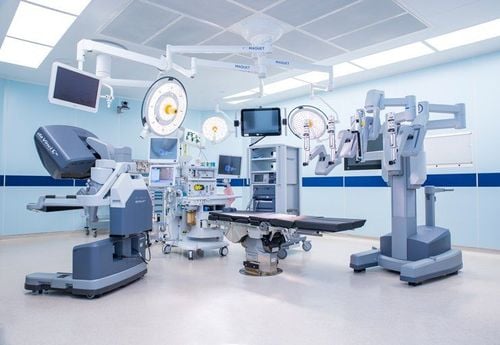
6. Perform spinal anesthesia
Pre-anesthesia rehydration fluids to compensate for the preoperative fluid deficits (due to fasting or dehydration) and to prepare for volume rehydration due to vasodilatation after anaesthesia; Patient position: Should be placed in the most comfortable position for the patient. Specifically, it is possible for the patient to sit on the operating table, put his legs down on the chair or lie on his side, arching the shrimp's back; Disinfect the needle puncture site, spread a sterile surgical cloth. Should be disinfected widely from the inside out, disinfected twice with iodine alcohol and then disinfected with 70° alcohol for the last time to wash away the iodine alcohol, avoiding the anesthetic needle carrying iodine into the spinal cord; Identify the vertebra for which needle puncture is intended; Lumbar puncture; Determine if the needle has been inserted into the subarachnoid space of the spinal cord (cerebrospinal fluid drains when catheter is withdrawn or aspirated with a syringe); Prepare spinal anesthetic with appropriate dosage; Insert the syringe with anesthetic, gently suck the needle before injecting; Inject the drug slowly, when injecting the drug, do not push the needle in or out; Withdraw the needle after the anesthetic has been injected; Disinfect the needle puncture site and bandage it; Put the patient in a convenient position for surgery; Monitor the patient's level of anesthesia and resuscitation. The factors that determine the extent of local anesthetic diffusion in the spinal cord include: The patient's position at the time of anesthetic injection, the density of the local anesthetic, the speed of local anesthetic injection, and the amount of drug.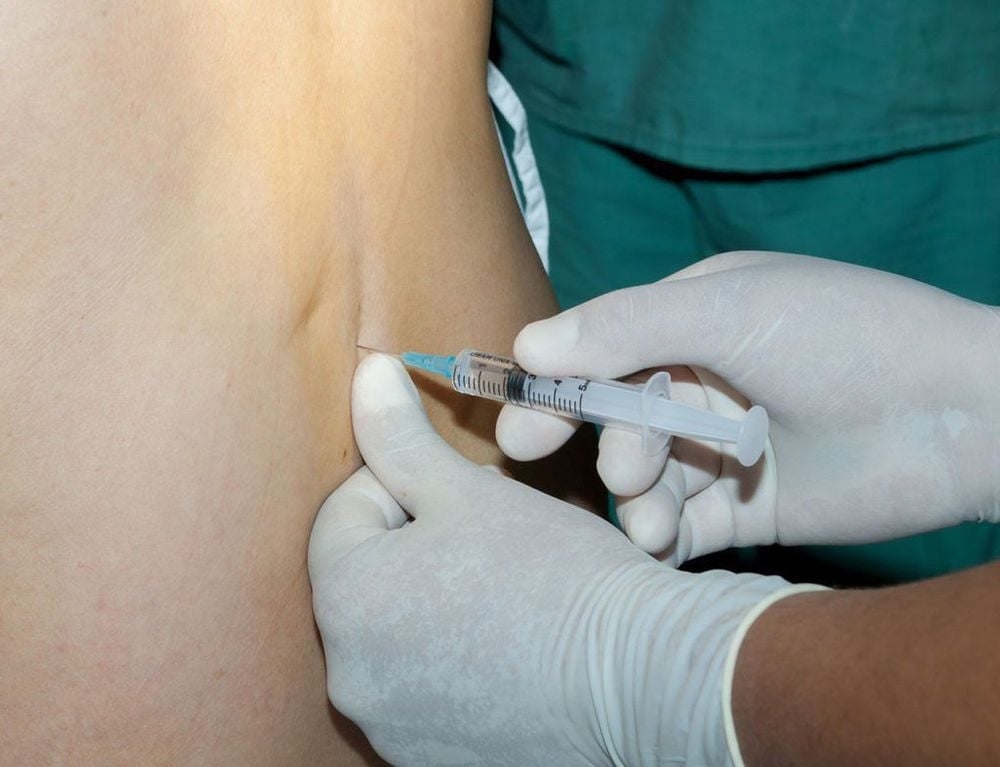
7. Monitoring and handling of adverse events
7.1 Complications of lumbar puncture Failed lumbar puncture: Unable to puncture the spinal cord due to calcification, spondylolisthesis, kyphosis, curvature of the spine. For management, it is possible to switch to lateral puncture or choose another anesthetic method; Puncture of nerve roots: When elective, the patient may experience sharp, jerking pain on one or both sides. The treatment is to remove the needle and poke another site; Intravascular puncture: Manifested in the state of bleeding needles. In this case, the person performing the procedure should wait for a while, if the blood becomes thinner and clear again, inject the normal anesthetic. In case blood continues to flow, remove the needle and poke at another location. 7.2 Complications after spinal anesthesia HypotensionHypotension is mainly due to sympathetic inhibition of peripheral vasodilatation, resulting in relative lack of circulating volume and decreased cardiac output. This phenomenon is common in pregnant women, with tumors or in patients with hyperparasympathetic reaction to anesthetics. Some cases of hypotension due to myocardial depression such as spinal anesthesia.
Measures to prevent complications of low blood pressure include: Do not let the patient drop his feet while the anesthetic is in a sitting position; IV infusion before anesthesia for patients with appropriate doses; with pregnant patients should lie on the left side to avoid compression of the vena cava; vasoconstrictor ephedrine 3 - 6 mg during or after anesthesia.
To manage, it is necessary to carry out full circulatory resuscitation; adequate circulating volume compensation; use of antihypertensive drugs; Administer vasopressors and inotropes when adequate volume is compensated for and arterial blood pressure remains low.
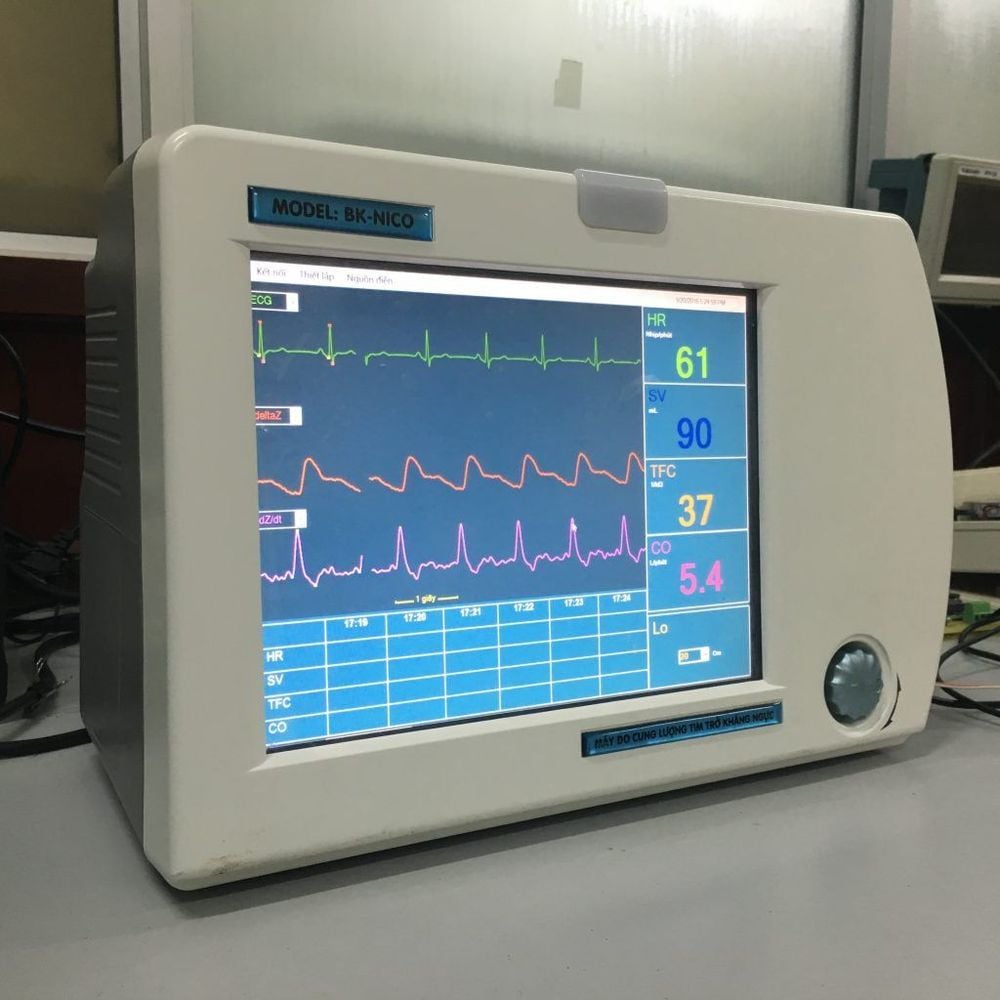
This is a serious complication that occurs when the medicine is spread too high or a large amount of anesthetic is injected into the spinal cord. Symptoms of total spinal anesthesia include: Paralysis of the whole body, apnea, severe hypotension, anesthetic drugs spread to the brain causing loss of consciousness.
When experiencing this accident, the patient should be given immediate emergency with artificial respiration, intravenous fluids, vasopressors and cardiac support.
Respiratory complications
Respiratory depression: A common complication when applying high levels of spinal anesthesia. Symptoms of this stroke are a feeling of suffocation, irregular breathing, decreased breathing, and decreased oxygen saturation. The best treatment is to give the patient oxygen, remind the patient to actively breathe; Apnea: Due to decreased circulation, deep hypotension or due to total spinal anesthesia, diaphragmatic nerve suppression. Symptoms of respiratory arrest are respiratory arrest, decreased oxygen saturation, cyanosis, and black blood in the surgical area. For management, the patient should be intubated and artificially ventilated. Complications on the nervous system
Patients with spinal anesthesia may have nerve root damage, headache, back pain,... Nerve damage may be caused by the anesthetic needle poking into the nerve organization or by other factors. anesthetic injected into the cerebrospinal fluid. These lesions are often accompanied by sharp pain, occurring immediately after needle puncture and anesthetic injection. Nervous system lesions may recover in 1-12 weeks or may become permanent.
Headache
The cause of headache after spinal anesthesia is mainly because when the anesthetic punctures the dura and arachnoid, the cerebrospinal fluid drains out into the epidural space, causing an imbalance in arterial pressure and blood pressure. intracranial force, leading to increased perfusion pressure due to cerebral edema, causing headache. Treatment measures depend on the standard protocol of the treating doctor.

After the spinal anesthesia procedure, the patient may also experience other complications such as: Poisoning of the systemic anesthetic by injection into the blood vessel, tremor, urinary retention, vomiting and nausea, infection infection (needle puncture, myelitis, brain, meninges). The treatment for tremors is to give sedatives exactly as prescribed by the doctor. People with urinary retention can apply heat, acupuncture or catheters,... Patients with nausea are advised to apply measures to raise blood pressure, give oxygen,... Other complications are treated. Treatment according to the doctor's plan.
Intraoperative spinal anesthesia has the advantages of simple operation, fast effect and relatively low failure rate. This method is mostly safe if used in recommended doses. However, there is still a small percentage of patients experiencing unwanted complications. To ensure the effectiveness of anesthesia and reduce the risk of complications, the patient needs to work closely with the doctor when performing this procedure.
Please dial HOTLINE for more information or register for an appointment HERE. Download MyVinmec app to make appointments faster and to manage your bookings easily.





